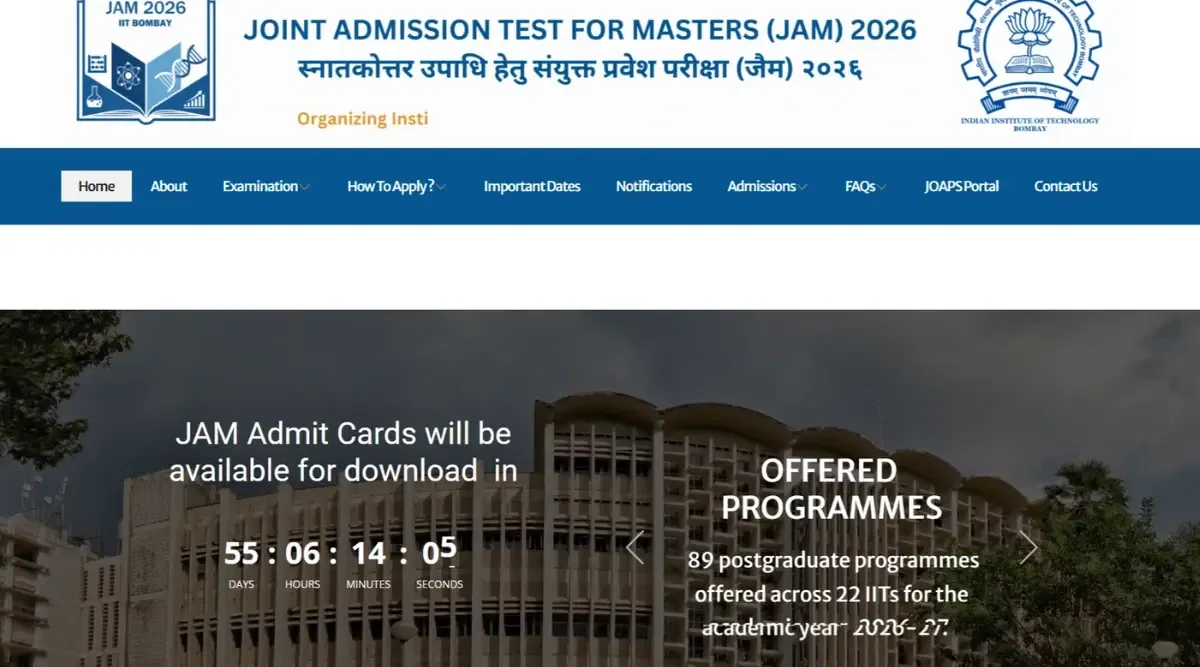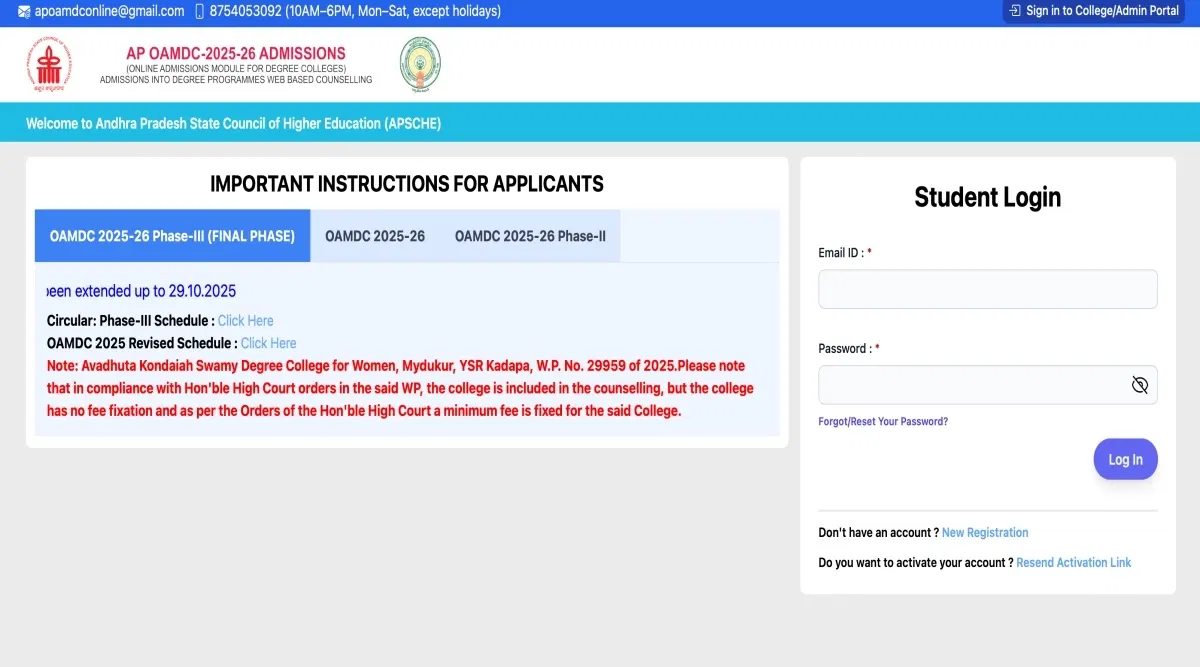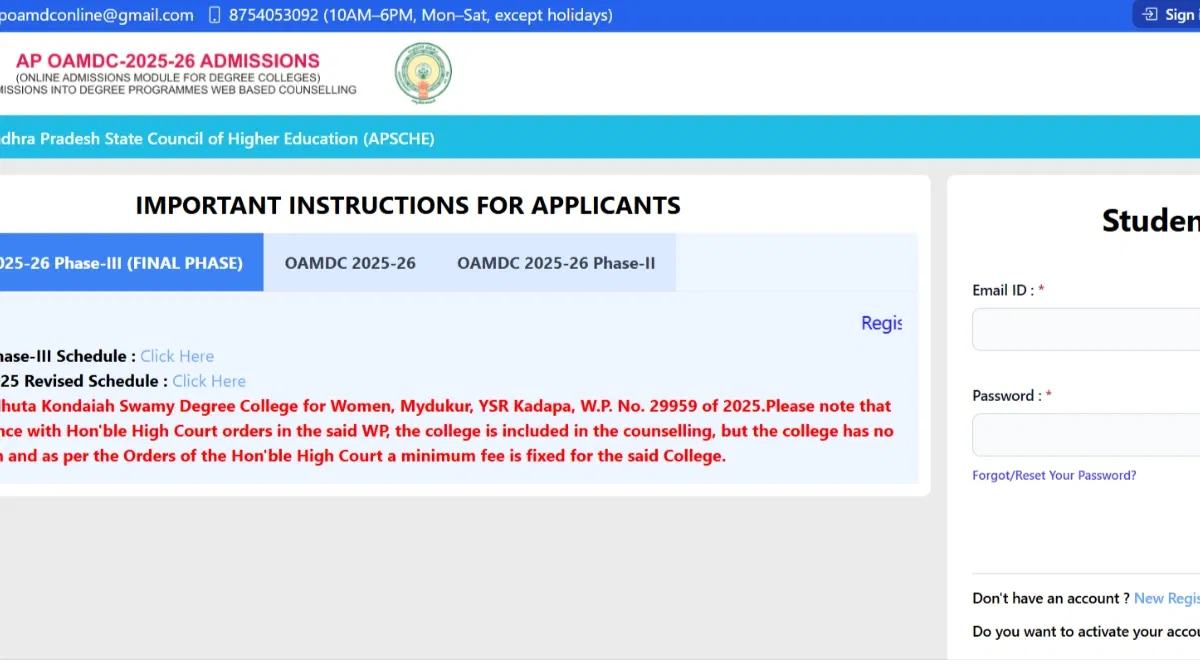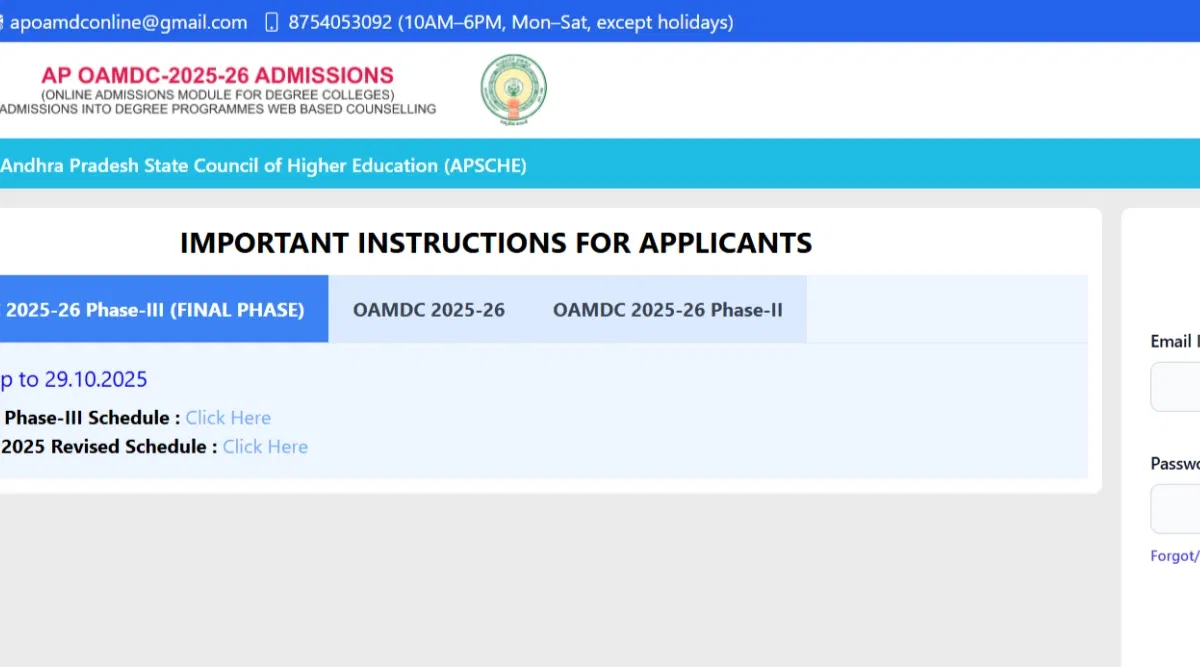The difference between CSIR NET and UGC NET is that the CSIR NET pushes science stream candidates to excel, whereas the UGC NET caters to any candidate from Arts or Commerce.
Table of Contents
Difference Between CSIR NET and UGC NET: CSIR NET (Council of Scientific and Industrial Research National Eligibility Test) is a national level exam to assess the eligibility for Junior Research Fellowship (JRF) and Lectureship in the field of science and technology whereas UGC NET (University Grants Commission National Eligibility Test) is a national level exam to assess the eligibility for Assistant Professor and/or Junior Research Fellowship (JRF) in various subjects, including humanities, social sciences, and commerce.
While CSIR was created to push science stream candidates to excel, UGC caters to any candidate outside of it; arts or commerce. However, this isn’t the only difference between CSIR NET and UGC NET.
CSIR NET History
The CSIR is a national R&D organisation that acts as an entity to the Department of Science and Innovation. Projects related to radio technology, space technology, oceanography, and other such technological and scientific breakthroughs are researched to make significant discoveries and progress.
The organisation’s proprietary test, the CSIR NET, is conducted by the NTA two times each year, and that has been in effect since December 2019. Candidates who are interested in STEM streams and share an interest in being academic professors and researchers may look at this exam as the perfect gateway to those career paths.
UGC NET History
The UGC is a governmental body that is an organisational subset of the Ministry of Education. Although it was inaugurated in late 1953 by Shri Maulana Abul Kalam Azad, it was officially established only by 1956 as a statutory body of India.
Their UGC NET is conducted by the NTA two times each year as well. Even though the test acts as the minimum requirement for teaching and researching on a global scale, when compared to CSIR NET, it’s better for candidates who wish to become academic professors or researchers in the field of Liberal Arts, Humanities or Management.
Differences Between CSIR NET and UGC NET
The following points would mark the major CSIR NET and UGC NET differences. Since each candidate’s pursuit is different, it can’t be said that X is better than Y. What we can say is that, depending on what you want to achieve, one option is preferable over the other because it may carry benefits that you can use for your field of interest.
1. CSIR NET vs UGC NET: Marks
The CSIR NET’s total marks come to about 200. In order to pass the test, you need at least 33% minimum pass percentage. Each wrong answer in the paper will take away half a mark or 1 mark, approximately. This is further explained under the exam pattern, which we’ve provided below.
For UGC NET, the total marks come to 300, with the pass percentage set with a minimum value of 40%. Unlike the former test, UGC NET does not have any negative marking, which would be a relief to hear for any candidate opting for this test.
Read More: UGC NET Passing Marks 2023: Cut Off Marks, Factors
2. CSIR NET vs UGC NET: Age
CSIR NET and UGC NET have not set any age limits to lectureships. But, it’s a different story if you plan to go for Junior Research Fellow (JRF) positions; for CSIR NET, the age limit is below 28 years, and for UGC NET, it is 30. So, even though age limits are applied to these tests, it depends entirely on what you want to apply for.
3. CSIR NET vs UGC NET: Exam Pattern
CSIR NET is conducted via a single paper that is divided into three different sections:
- Part A covers General Aptitude, and consists of 20 questions for each subject, of which you may opt for 15 questions. 2 marks are awarded for each correct answer, while 0.5 marks are subtracted for each wrong answer. The total marks come up to 30 for this section.
- Part B is about the Subject Paper and it consists of 25-50 questions. Correct answers will yield 2 to 3.5 marks, depending on the subject. Wrong answers will subtract approximately 1 mark. From the total of 70 questions, you may opt for 20-35 questions whilst keeping the scoring system in mind.
- Part C covers Scientific Concepts, and consists of 30 to 75 questions, depending on the subject. However, only 20-25 questions may be opted for. The total marks for this section come up to 100. Each answer that is correct will award you 4-5 marks, while wrong answers will subtract approximately 1 mark.
- The entire paper is covered within a 3-hour timeframe (so each part would take approximately 1 hour to finish).
Read More: CSIR NET Exam Pattern
UGC NET is quite different from the former test. It is conducted with two papers, neither of which contains any negative markings:
- Paper-I will cover General Aptitude and is worth a total of 100 marks. Each question that is answered correctly will award the candidate with 2 marks, so the candidate must answer 50 questions.
- Paper-II covers the candidate’s Elected Subject. It is worth a total of 200 marks, with each question worth 2 marks, if answered correctly. The total number of questions comes up to 100.
- Both papers are conducted within a 3-hour period (1.5 hours for each paper).
Read More: UGC NET Exam Pattern
The CSIR NET and UGC NET papers differ in terms of difficulty as well. The former can be considered difficult while the latter is moderate in nature.
4. CSIR NET vs UGC NET: Syllabus and Subjects
Another major difference between the exams is the subjects involved and the kind of syllabus you’d be dealing with. CSIR NET conducts exams on STEM-related subjects, namely:
- General Aptitude
- Mathematical Science
- Life Science
- Physical Science
- Chemical Science
- Earth Science
This is different for UGC NET. This exam packs a whopping 81 subjects in total! It makes it an immensely dense exam, for which we’ve dedicated a full article on it that you could check out. It offers a deep dive into its syllabus as well as the list of subjects involved.
Read More: UGC NET Syllabus
5. CSIR NET vs UGC NET: Exam Conducting Body
The most prominent difference between them is that the NETs are conducted by different bodies. The CSIR NET test is conducted by the Council of Scientific and Industrial Research (CSIR).
When it comes to the UGC NET, it is currently carried out by the National Testing University (NTA). Previously, it was conducted by the Central Board of Secondary Education (CBSE).
6. CSIR NET vs UGC NET: Career Scope
Depending on the exam that you write and pass, your career scope will be different. For those who want to write UGC NET exams, they will be qualified to work with UGC Coordinated Institutes, whereas those who wish to take up CSIR NET exams will be working with CSIR Research Laboratories.
7. CSIR NET vs UGC NET: Eligibility Criteria
- For either exam, you’ll need to have obtained at least 55% pass percentage in your Master’s Degree or any other Post-Graduate Degree if you are under the General Category.
- Those falling under the ST/SC/PwD/OBC/Transgenders categories will need to obtain a minimum of 50% pass percentage in their Master’s or Post-Graduate Degree.
- However, individually, some criteria differ. For CSIR NET, the certificates are awarded only after two years of post-graduate completion, and candidates must be below 28 years of age for JRF.
- For UGC NET, the candidate must have obtained their Master’s Degree from a UGC-recognised university or institution, and they must be 30 years or younger for JRF.
Read More: UGC NET Eligibility
- For CSIR NET, you’ll need to have obtained at least 55% pass percentage in your Master’s Degree or any other Post-Graduate Degree if you are under the General Category.
- Those falling under the ST/SC/PwD/OBC/Transgenders categories will need to obtain a minimum of 50% pass percentage in their Master’s or Post-Graduate Degree. Both categories must ensure that they’re below 28 years of age.
- Certificates for CSIR NET are awarded only after two years of post-graduate completion.
Read More: CSIR NET Eligibility
Similarities Between CSIR NET and UGC NET
While critically assessing the CSIR and UGC NET differences, it is also important to analyse the similarities between CSIR NET vs UGC NET. Therefore, we have listed the primary similarities between both exams. The points are as mentioned below:
- CSIR NET and UGC NET, both the exams are conducted to shortlist candidates for Assistant Professor and JRF.
- Furthermore, both the exams are conducted twice a year, in July and December.
- CSIR NET and UGC NET are arranged at the national level in multiple states and cities across India.
- Next, both the NTA itself conducts the exams.
- Lastly, only the top 6% of qualifying candidates are declared eligible for lectureship in both exams. The remaining 2-3% of candidates are shortlisted for JRF and lectureship.
CSIR NET vs UGC NET Overview
We’ve provided a summarised table below so that you can see the statistical and numerical differences between CSIR NET vs UGC NET in these tests with a bird’s eye view.
| Factors | CSIR NET | UGC NET |
| Total Marks | 200 | 300 |
| Qualifying Marks | 33% | 40% |
| Negative Marking | 0.5 for Part A/B1 for Part C | No negative marking |
| Total Subjects | 5 | 81 |
| Paper Difficulty | Difficult | Moderate |
| Paper Pattern | Part A: 15 Questions, 30 Marks | Paper I: 50 Questions, 100 Marks |
| Part B: 25-35 Questions, 70 Marks | Paper II: 100 Questions, 200 Marks | |
| Part C: 30-25 Questions, 100 Marks | ||
| Eligibility Criteria | 55% in Master’s Degree for General Category, 50% for ST/SC/PwD/OBC/Transgenders | 55% in Master’s Degree for General Category, 50% for ST/SC/PwD/OBC/Transgenders |
| CSIR Certificate awarded within two years after post-graduate completion | Must be from a UGC-recognised university | |
| Must be below 28 years of age for JRF | Must be below 30 years of age for JRF | |
| Conducting Bodies | Council of Scientific and Industrial Research | (Current) National Testing University |
| (Previous) Central Board of Secondary Education |
Read More: What are the Benefits of Clearing UGC NET Exam 2023?























POST YOUR COMMENT